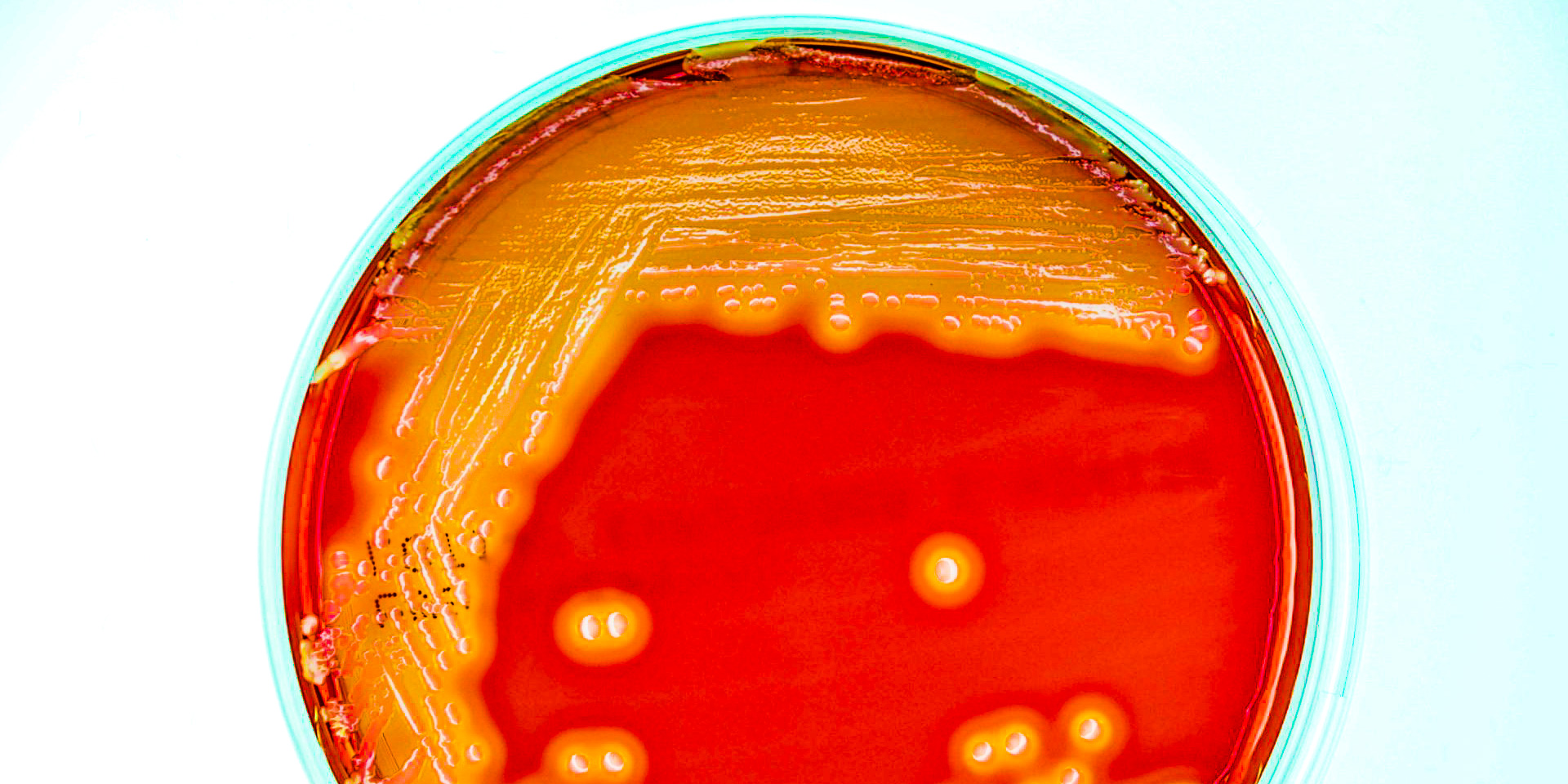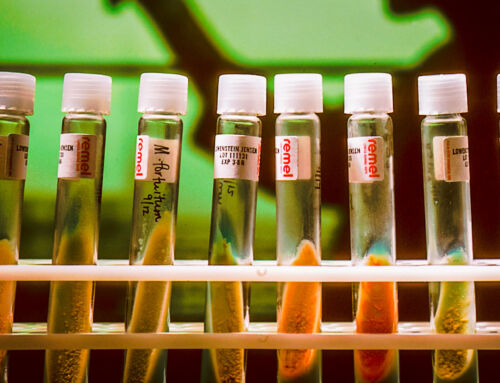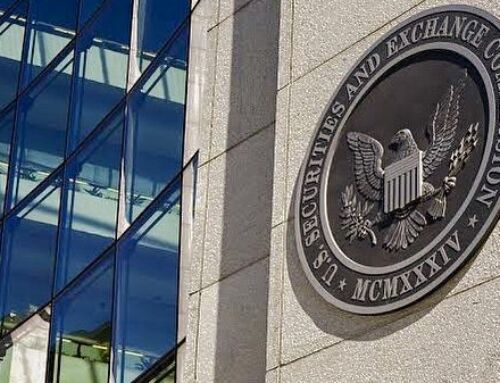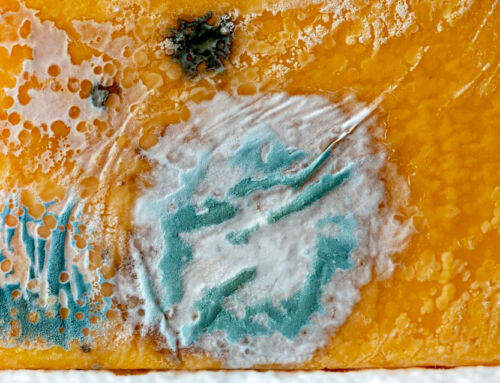View by Topic
Recent Articles
-
Mold Testing in Maryland Real Estate under the New LawSaturday, June 14th, 2025
-
Energy Star: A Quiet Exit and a Bright Future Beyond GovernmentSaturday, June 7th, 2025
-
Congress Blocks California’s Gasoline Car BanSaturday, May 31st, 2025
-
EPA Will Keep Current Limits for “Forever Chemicals” in Drinking WaterSaturday, May 24th, 2025
-
Court Indefinitely Pauses SEC Climate Rule LitigationSaturday, May 17th, 2025
View by Month/Year
“Green Building Law Update” Headlines
Recent Articles & News from
Stuart Kaplow’s blog
at GreenBuildingLawUpdate.com
- Congress Blocks California’s Gasoline Car Ban: A Legal and Policy Analysis June 1, 2025
- EPA Will Keep Current Limits for “Forever Chemicals” in Drinking Water May 25, 2025
- Court Indefinitely Pauses SEC Climate Rule Litigation May 18, 2025
- Maryland is About to Regulate Mold: But is the Cart Before the Horse? May 11, 2025
Subscribe to the Green Building Law Update!
Stuart Kaplow brings his expertise and extensive experience to the table with his unique digital publication, "Green Building Law Update". Subscribers receive regular updates to keep them informed about important issues surrounding Environmental Law, Green Building & Real Estate Law, as well as the emerging demand for Environmental Social Governance (ESG).
Get fresh content through the lense of Stuart Kaplow's cutting-edge expertise, innovative commentary and insider perspective. Don't miss another issue! Subscribe below.

Mold Testing in Maryland Real Estate under the New Law
Landlords, property managers, and real estate professionals across Maryland are about to enter a new era of regulating mold. With the General Assembly’s recent passage of Senate Bill 856, Maryland has taken a significant step toward being the first state to codify fungal growth in real estate.
The new law, which goes into effect in 2027, requires landlords to remediate reported mold, but stops short of requiring mold testing or sampling. This has left many asking: Should a landlord test or sample for mold, and is this something that should be included in every lease?
What are Molds?
Molds are a natural part of the environment and can be found almost everywhere that moisture and oxygen are present.
As an environmental attorney with decades of experience counseling clients on mold issues, and having provided expert testimony in litigation where mold was a core issue, I can say unequivocally that mold sampling is, in nearly every instance not necessary, and sometimes counterproductive. But of import, this is a new and emergent body of law where no other states have attempted what Maryland is regulating (where several states and maybe a score of locals have included under residential ‘habitability’ standards visible mold and moisture).
Mold is Ubiquitous and Testing Has Limits
There are more than 100,000 known species of mold, part of the larger fungal kingdom which includes an estimated 2.5 million species, most of which have not been scientifically classified. Molds are everywhere, both indoors and outdoors, and the Centers for Disease Control and Prevention puts it bluntly: “There is always some mold around.” Spores enter buildings through open doors, windows, vents, HVAC systems, and even on people and pets.
In many instances, airborne spore counts are higher outside of a building than inside. An as yet unpublished scientific journal manuscript reported in multiple instances in June 2024 that the District Court for Prince George’s County, Maryland, found a livability code violation for mold, that airborne mold counts were higher outside of the rental apartment buildings than in the units (.. and the study observed that high pollen counts on those days may have exacerbated the perception of the impact of mold).
This is why mold sampling, especially of airborne spores, is not usually helpful in real estate transactions or rental property compliance. The U.S. Environmental Protection Agency has set no federal limits or thresholds for mold spores in indoor air, and there are no federal standards for acceptable types or quantities of mold.
Significantly, the CDC does not recommend mold testing, and for good reason.
If You Can See or Smell It, Remove It
In most real world scenarios, if visible mold growth is present, testing is redundant. You already have all the information you need: mold is present, and it may be cleaned up. Whether it’s Aspergillus, Cladosporium, or the infamous Stachybotrys chartarum (so-called “black mold”), the remediation approach is the same.
Maryland’s new mold law reflects this scientific and regulatory consensus. It focuses not on lab analysis or complex fungal taxonomy, but on cleaning up reported mold and addressing the moisture problems that cause it. The standard might be: if you see mold or smell musty odors, investigate the moisture source and take corrective action.
When Sampling May Be Useful
That said, surface sampling may have a role in specific, limited situations. For example:
- Post remediation verification: Surface samples can help confirm whether a previously contaminated area has been adequately cleaned.
- Litigation or insurance defense: In some cases, sampling may help demonstrate due diligence or provide documentation in a contested claim.
- High risk tenants: In properties housing tenants with significant mold sensitivities or immune compromise, sampling may support risk management strategies.
But again, these are edge cases, not general best practices for most rental properties.
Mold’s Health Effects may be Real, But Vary Widely
Health effects from mold exposure can range from no symptoms at all to allergic reactions or infections. The 2004 Institute of Medicine report linked indoor mold exposure to respiratory symptoms, asthma aggravation, and hypersensitivity pneumonitis. The World Health Organization further reinforced this in its 2009 Indoor Air Quality Guidelines.
However, health reactions are highly individual. Mold is not a human health hazard. The CDC has likened mold spores to pollen. No sampling method can predict who will become sick or what type of mold might trigger symptoms. The best course remains simple: eliminate the mold and fix the moisture problem.
Legal & Practical Implications for Landlords
While SB 856 does not mandate testing, it does require landlords to address mold reports promptly. This new statutory duty significantly raises the stakes for landlords and property managers. Mold may well grow into fertile ground for tenant complaints and personal injury lawsuits, and now that mold remediation is becoming a regulatory obligation, failure to act could mean regulatory penalties in addition to private liability.
To mitigate this risk, landlords should:
- Update lease agreements to include mold disclosure and tenant responsibility provisions.
- Perform regular inspections to identify and address moisture issues before mold grows.
- Educate policy making public officials about fungal growth and the limitations of possible government regulation.
- Create a mold response protocol in the absence of sampling requirements.
The Role of the Internet & Public Education
One overlooked aspect of managing mold risk is tenant education, and the Internet is a powerful tool in that effort. Tenants often search online before submitting maintenance requests or taking legal action. Providing tenants with accurate information, perhaps even linking to resources like the CDC’s Mold webpage or the EPA’s Mold Guide, can help set expectations and reduce misunderstandings. SB 856 requires a new Maryland public information website, and stakeholders should participate in the development process.
Artificial intelligence documentation, including timestamped photos, repair logs, and tenant communication records, also serves as critical evidence should a dispute arise, yet another example of why landlords must embrace in the cloud recordkeeping in this AI age.
Final Thoughts
Mold testing is not the magic bullet some claim it is. Maryland’s new law appropriately prioritizes action over analysis, cleanup over classification. However, many question the efficacy, if not the wisdom, of Maryland trying to be the first state to regulate mold in real estate. For landlords, the new regulatory regime under SB 856 requires the immediate adoption of practical, preventive, and legally sound mold practices.
Remember, the goal is not to count spores; it should be to make buildings safe and healthy for those who occupy them.
We’ve blogged before about Maryland’s new mold regulation in Maryland is About to Regulate Mold: But is the Cart Before the Horse?, and we will continue to monitor the implementation of SB 856 as regulations are developed. If you have specific concerns about mold in your property or real estate transaction, we are here to help.









